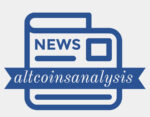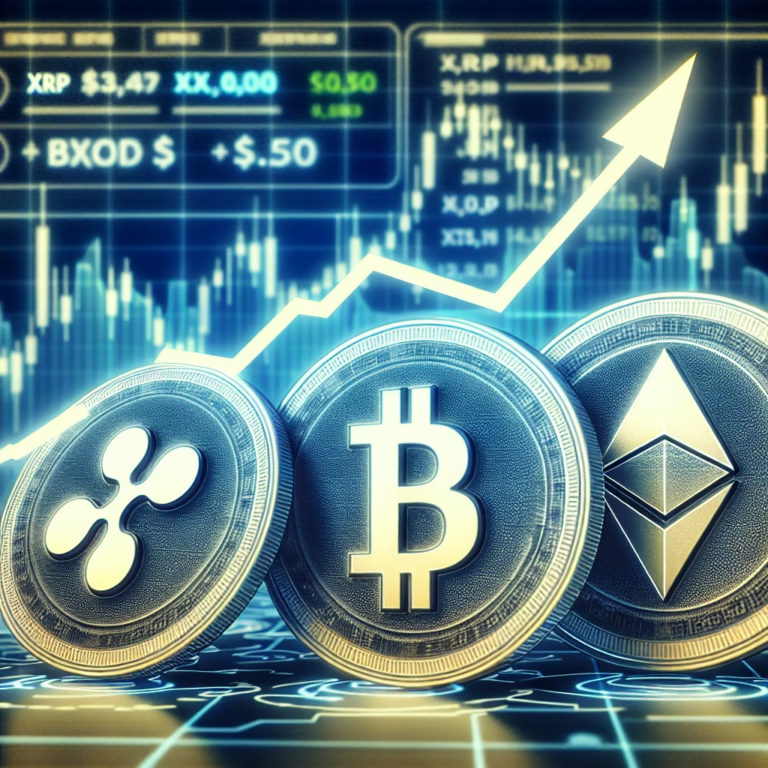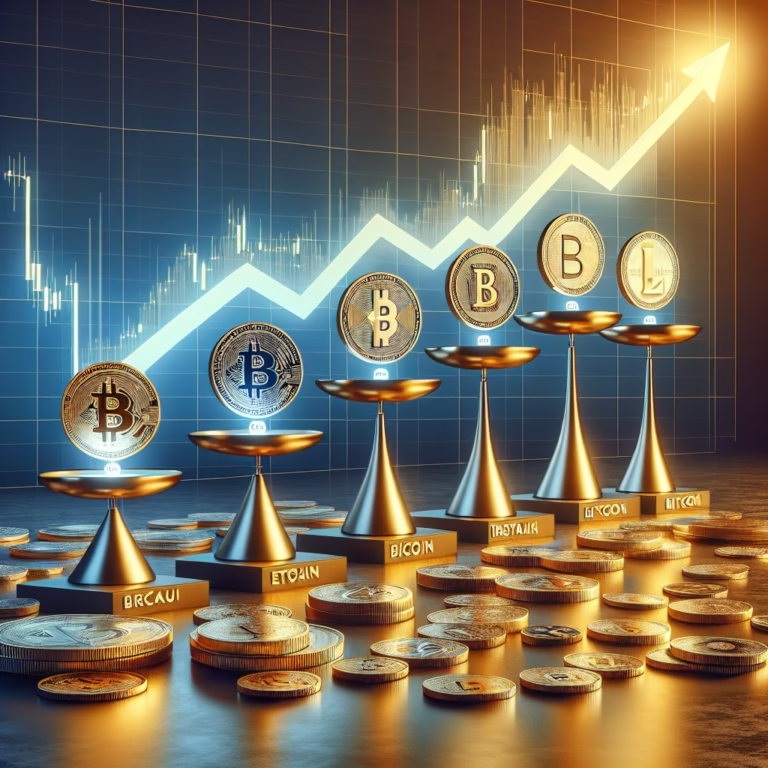
One concept stands at the intersection of economics, game theory, and blockchain design: tokenomics.
Short for token economics, tokenomics refers to the rules and mechanics that govern how a cryptocurrency functions within its ecosystem — from how tokens are created and distributed, to how they gain (or lose) value over time. For altcoin investors in 2025, understanding tokenomics is no longer optional — it’s essential for separating promising projects from overhyped failures.
This article breaks down what tokenomics is, why it matters, and how you can use it to make smarter, data-backed investment decisions in the altcoin market.
📌 What Is Tokenomics?
Tokenomics is the study and design of a crypto token’s economic model. It includes a range of components such as:
- Supply and issuance models
- Incentives for users and developers
- Token utility (how the token is used within the ecosystem)
- Inflation/deflation mechanisms
- Distribution and vesting schedules
Think of tokenomics as the monetary policy of a cryptocurrency. Just as central banks design interest rate policies to influence fiat economies, crypto project teams design tokenomics to influence user behavior, ensure network security, and drive long-term value.
🧠 Why Tokenomics Matters for Altcoin Investors
Many altcoins fail not because of poor technology, but due to flawed economic incentives. Projects with broken tokenomics often:
- Dump value onto investors via unfair early distributions
- Create unsustainable inflation or dilution
- Fail to incentivize real usage or network effects
On the flip side, strong tokenomics can:
- Encourage long-term holding (HODLing)
- Attract developers, users, and liquidity providers
- Support sustainable price growth over time
In short, tokenomics can make or break a crypto project.
🔍 Core Elements of Tokenomics You Should Evaluate
Let’s break down the most important components of a token’s economic structure that every altcoin investor should analyze.
1. 🔁 Total Supply, Circulating Supply, and Max Supply
Understanding supply is step one. These three terms are key:
- Total Supply: All tokens that exist, including those locked or not yet released.
- Circulating Supply: Tokens that are currently available and tradable in the market.
- Max Supply: The hard limit of tokens that will ever exist (if there is one).
Projects with limited max supply (like Bitcoin) tend to see scarcity-driven appreciation. However, a low supply alone doesn’t guarantee value — it must be paired with demand and utility.
📌 Investor Tip: Compare the market cap (price × circulating supply) to the fully diluted valuation (FDV) (price × total or max supply). A large gap between the two can signal incoming inflation.
2. 📦 Token Allocation and Distribution
How were the tokens initially distributed? Key categories include:
- Founders & Team: Did they receive a fair share? Is there a vesting period?
- Private Investors/VCs: How much did early backers receive, and when can they sell?
- Community/Rewards: Are tokens reserved for airdrops, staking rewards, or community growth?
Projects that allocate a large % of tokens to insiders without proper lock-ups or vesting often face early dumps and price collapses.
📌 Investor Tip: Look for vesting schedules — locked tokens that are released gradually over time to prevent pump-and-dump behavior.
3. 🔥 Inflation, Deflation, and Burn Mechanisms
The rate at which new tokens are introduced (or removed) from circulation has a direct impact on price dynamics.
- Inflationary tokens (e.g., Dogecoin) increase in supply over time, potentially diluting value unless demand keeps pace.
- Deflationary tokens reduce supply via burning (e.g., BNB’s auto-burn mechanism).
- Fixed supply tokens (e.g., Bitcoin) are inherently deflationary over time due to growing demand and limited supply.
📌 Investor Tip: Burn mechanisms can sound attractive, but look at actual burn rates. Is it significant enough to impact supply?
4. ⚙️ Utility: What Does the Token Actually Do?
Every token should have a purpose. Common utilities include:
- Governance: Voting rights in decentralized autonomous organizations (DAOs)
- Payments: Used as a currency within a platform or ecosystem
- Access: Unlocks features, premium content, or services
- Staking/Rewards: Incentivizes users to participate and secure the network
📌 Investor Tip: A token without real utility beyond speculation is often unsustainable long-term.
5. 🧱 Incentive Design
Crypto projects use tokens to incentivize participation. This could mean:
- Liquidity mining
- Staking rewards
- User engagement bonuses
- Developer bounties
The best-designed tokens align the goals of all participants: users, investors, developers, and the protocol.
📌 Investor Tip: Beware of unsustainable APYs. If a project offers 1000%+ returns, ask: “Where is this yield coming from?”
6. 💡 Governance and Control
Decentralized projects often allow token holders to participate in governance decisions. Look at:
- How proposals are made and voted on
- What kind of decisions can be voted on (fees, upgrades, token burns, etc.)
- Whether voting power is fair or dominated by whales
📌 Investor Tip: Strong governance gives token holders a real voice, making them stakeholders rather than just speculators.
🧭 Real-World Examples: Good vs. Poor Tokenomics
✅ Example of Good Tokenomics: Ethereum (ETH)
- Utility: Required to pay for gas fees on the network
- Deflationary pressure: EIP-1559 introduced a burn mechanism
- Staking rewards: ETH 2.0 allows staking, reducing circulating supply
- Decentralized governance: Community-driven development
Result: Ethereum remains a top altcoin with high developer activity and strong price performance.
❌ Example of Poor Tokenomics: Many Meme Coins
- No utility beyond speculation
- Massive insider allocations
- Uncapped or excessive token supply
- Community pumped via social media, but no roadmap
Result: Brief hype-driven gains followed by crashes once the novelty wears off.
🧰 Tools to Analyze Tokenomics in 2025
Here are reliable platforms to help analyze tokenomics:
- CoinGecko – Circulating supply, FDV, token distribution
- TokenUnlocks.app – Vesting schedules and upcoming token releases
- Messari – Advanced token economic breakdowns and governance dashboards
- Dune Analytics – Community dashboards and real-time data
- Project Whitepapers – Always go to the source
✅ Tokenomics Checklist Before You Invest
Before buying any altcoin, ask yourself:
- Is the supply capped or inflationary?
- Are token allocations fair and transparent?
- Does the token have real utility?
- Are incentives aligned with long-term value?
- Are burn or deflation mechanisms in place?
- Can the team or VCs dump tokens soon?
- Is there active governance and community participation?
If you can’t confidently answer these questions — don’t invest yet.
Final Thoughts: Tokenomics Is the Foundation of Value
In the rapidly evolving altcoin market of 2025, smart investors aren’t just chasing trends — they’re evaluating fundamentals. And tokenomics sits at the heart of those fundamentals.
A token’s economic design can tell you whether a project is sustainable, whether incentives are aligned, and whether value is likely to flow toward holders — or away from them.
Whether you’re investing $100 or $100,000 into an altcoin, understanding tokenomics gives you the edge. It turns hype into data, and speculation into strategy.
Do your research. Ask the right questions. Understand the token — not just the chart.






